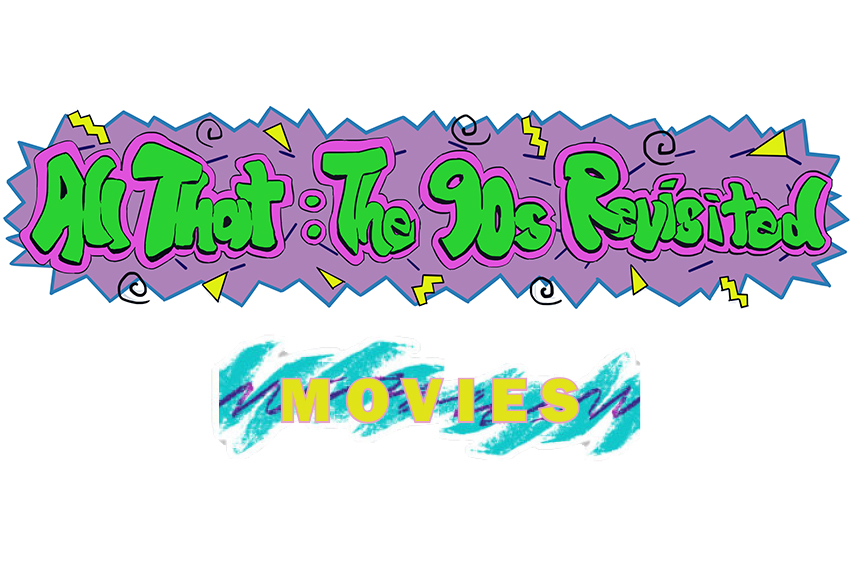The films of the 1990s were defined by an emphasis on the real and the spectacular.
During the decade, independent films, such as “Pulp Fiction,” “The Shawshank Redemption” and “Fargo” experienced considerable box office success. Radio-television-film professor Kathryn Fuller-Seeley explained the Hollywood conglomerates wanted to cash in on the profitable indie scene, developing independent studios such as Sony Pictures Classics and Fox Searchlight to produce their own arthouse pictures.
Unfortunately, the success of indie pictures did not last long.
“The market started to fall apart when too many indie films became expensive to make, so the major studios closed their indie divisions,” Fuller-Seeley said. “[Now] the smart money is instead going to edgy cable TV series and web series.”
The modern blockbuster also arrived with Steven Spielberg’s “Jurassic Park,” which brought the dinosaurs back from extinction with lifelike computer-generated effects. A slew of expensive, CGI-heavy summer pictures followed — the well-advertised “Independence Day,” the misguided remake of “Godzilla,” the cheeky “Men in Black” and the abysmal “Armageddon.”
These blockbusters attempted to make their digital creations as photorealistic as possible.
James Bond made his comeback in 1995 after a 6-year hiatus in “GoldenEye,” and Pierce Brosnan’s portrayal of the super-spy went on to receive commercial success and mixed critical reception. Tom Cruise began starring in a spy franchise of his own: a film adaptation of the television classic, “Mission: Impossible.” Both series involved more grounded villains and favored thrilling espionage over fantasy.
Then there was the phenomenon: James Cameron’s “Titanic,” which earned an unprecedented $2.1 billion at the box office. The tragic, epic romance launched Leonardo DiCaprio and Kate Winslet into superstardom and won a record 11 Oscars, tying with 1959 historical drama “Ben-Hur.”
Fuller-Seeley attributed the success of “Titanic” to its appeal to women.
“I think its success can be put down to women being under-served by the blockbuster movie market,” she said. “[There was a] romantic love story to capture the imagination of female viewers and [make them] drag their boyfriends and husbands along on dates.”
Many of today’s biggest filmmakers made their mark during the ‘90S. The Wachowskis blew audiences away with “The Matrix,” Michael Bay wowed with “The Rock,” David Fincher asked what was in the box with “Se7en” and Quentin Tarantino delivered a gripping crime story in “Reservoir Dogs.”
Ironically, one of Hollywood’s biggest established names, George Lucas, failed to deliver what fresh blood had. The visually-impressive “Star Wars: Episode I – The Phantom Menace” was released in 1999 after building an insurmountable level of hype, and ultimately disappointed critics and fans with its muddled story, dull characters and laughably bad dialogue (“I’ll try spinning – that’s a good trick!”).
The ‘90s set the stage for the new millennium, establishing a new age of blockbusters, creating the foundation for our current TV landscape and bringing the film industry ever closer to making our fantasies even more real.















